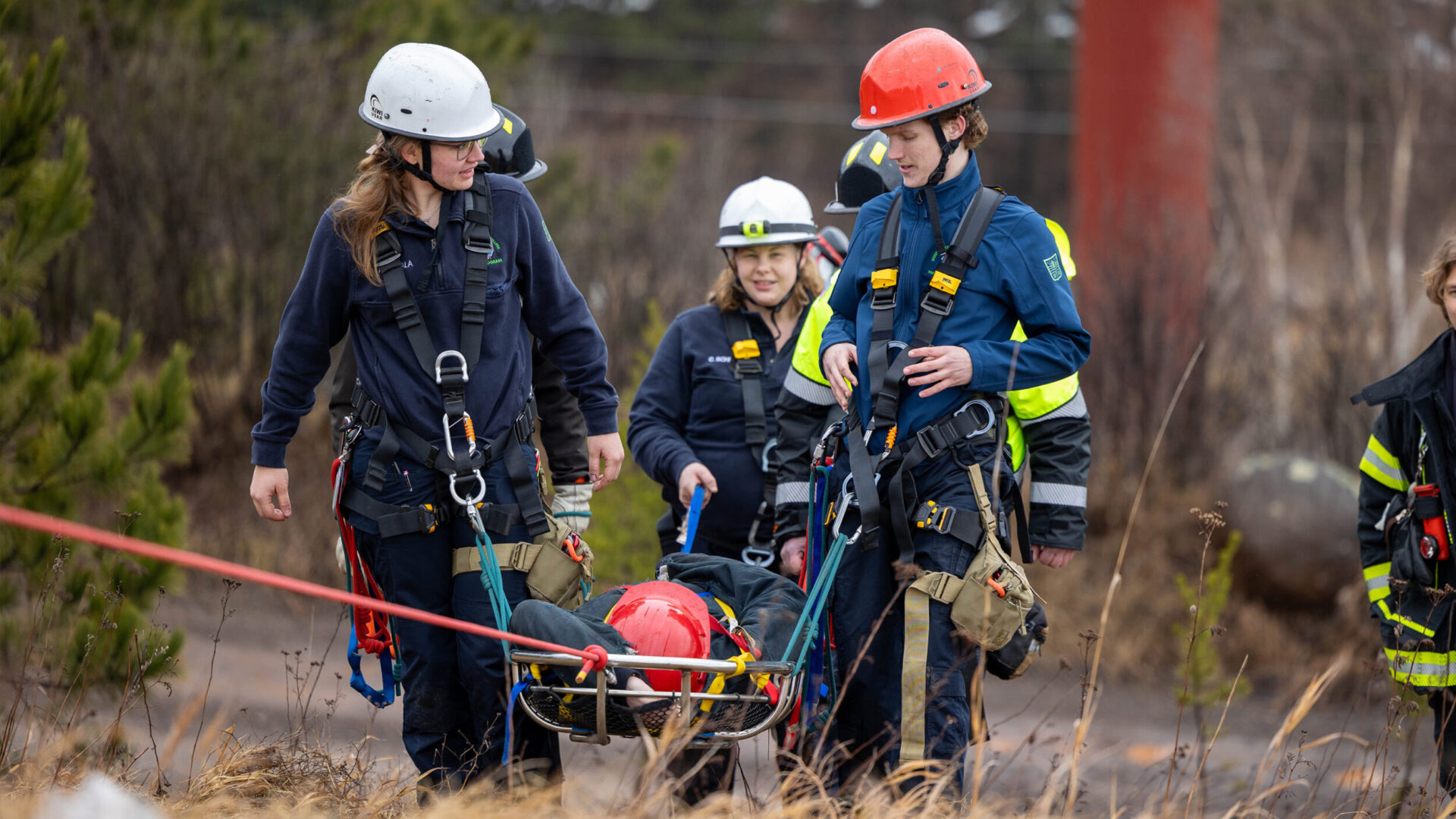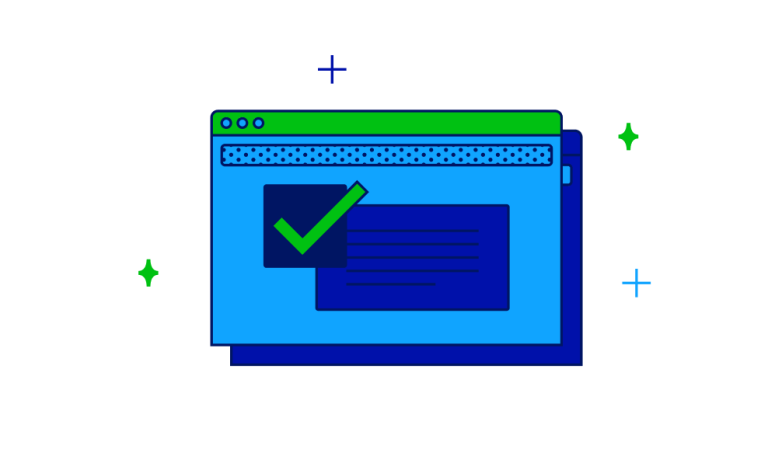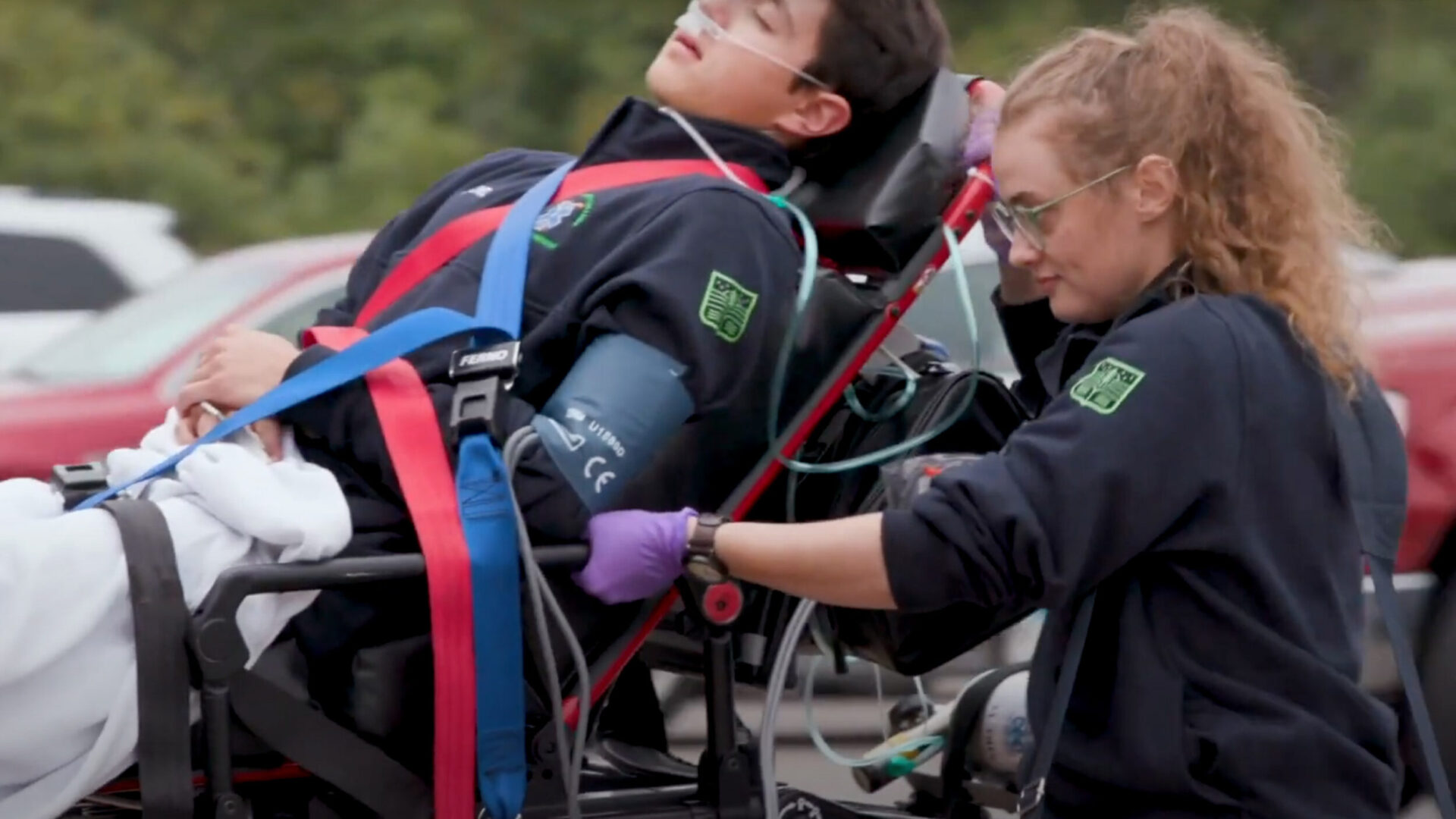
Program Overview
Paramedic
Program Overview
Paramedics are trained to provide advanced level medical care to people who have suffered from an illness or an injury outside of the hospital setting. Paramedics work under protocols approved by a physician medical director to recognize, assess, and manage medical emergencies and transport patients to definitive medical care. Paramedics provide advanced life support.


Sources: US Bureau of Labor Statistics

Reasons to Attend Minnesota North
Classroom, hospital, and supervised field experience.
Paramedic training is composed of in-classroom, didactic instruction; in-hospital clinical practice; and a supervised field internship on an ambulance. Courses typically are competency-based and supported by performance assessments. Instruction provides students with knowledge of acute and critical changes in physiology, psychological and clinical symptoms that they might encounter in an emergency medical situation. Students also participate in regional disaster drills and joint training sessions with area public safety agencies.
A variety of career opportunities.
Career opportunities for paramedics include: private or public ambulance companies, hospitals, community paramedic, industry and city health agencies, flight medical facilities, fire departments and law enforcement agencies. Park services, ski patrols, and other groups in many countries often educate their personnel to become EMTs or paramedics as part of their duties.




